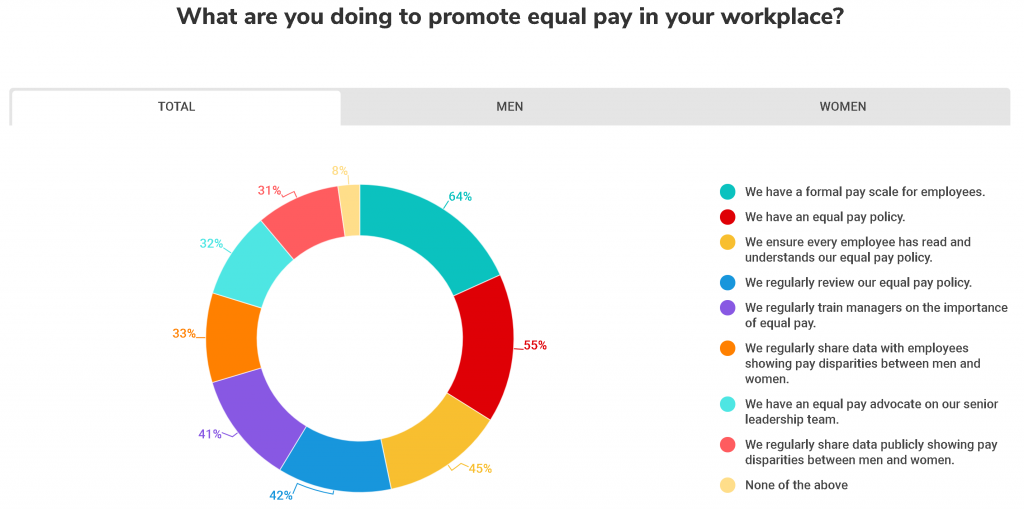Search
On Equal Pay Day, let’s take a closer look at what’s being done to address pay disparity.

Image Credit: Pixabay.com (https://pixabay.com/en/money-finance-business-success-2696238/)
Today is Equal Pay Day.
What is Equal Pay Day?
The National Committee on Pay Equity takes credit for originating Equal Pay Day in 1996 as a public awareness event to illustrate the gap between men’s and women’s wages.
Do women as a group make less than men? Sure. My friend, Robin Shea has covered this at her blog. It’s part of a quiz that I encourage you to take. (You may be surprised at some of the answers.)
But if you want more information on Equal Pay Day, head over to Twitter right now, where I imagine that #EqualPayDay is trending. You’ll probably read about the Paycheck Fairness Act, which is pending in Congress. I’ve written about the Act a few times, most recently here. It has the votes in the House. I’m not so sure about the Senate. That may help explain why some states, like the State of New Jersey, have passed laws to address equal pay at work.
But, short of new laws, what can employers do to address pay equity?
Survey says…you’ve got some work to do.
According to a recent equal pay survey of 16,679 U.S. adults and 1,067 business owners with employees, there is a huge gulf in perceptions on equal pay. “Just 22% of Americans—15% of women and 30% of men—believe employers are doing enough to promote equal pay in the workplace. When business owners were asked the same question, 71% said they believe the issue is being addressed adequately.”
But what are businesses doing to promote equal pay in the workplace?
Except, the study revealed that “[d]espite the majority of respondents having an active equal pay policy, almost a quarter (23%) admitted they have never analyzed pay rates by gender—and less than third (32%) have done so in the past 12 months. Female business owners were less likely to have analyzed employee pay by gender.”
[I want to give a shout to the folks at TSheets by QuickBooks who contacted me about this survey and encouraged me to share the results with you. I don’t receive anything from Intuit for providing these statistics. I just thought that you, my readers, would benefit from knowing them.]
Pay transparency as a solution.
Last week, I read this article about whether employers should address equal pay by publishing employee pay data. The authors considered some of the pros and cons. Among the “main benefits” benefits of pay transparency, according to the authors, is the ability to build trust, “presuming the message is a positive one.” The flipside, of course, is that some may view pay disparities as “ammunition in potential litigation.” Will an employee who makes less than a co-worker understand that the pay disparity emanates from some factor other than sex, assuming that is the legitimate reason?
I don’t know whether complete transparency would work for all businesses. But, at FisherBroyles, where I’m one of around 240 attorneys (all partners), I know what everyone earns and they know what I earn. Yes, total pay transparency.
We’re paid twice each month, and all of us receive a spreadsheet on payday that lists everyone’s statistics and compensation. The formula is entirely objective. So, there is no pay gap attributable to protected-class status, unless you assume that before coming to this law firm, a particular member of a protected class experienced discrimination or bias that impeded one’s business development.
What is your business doing to address equal pay?
Email me and let me know. I’d love to hear from you.
 The Employer Handbook Blog
The Employer Handbook Blog



